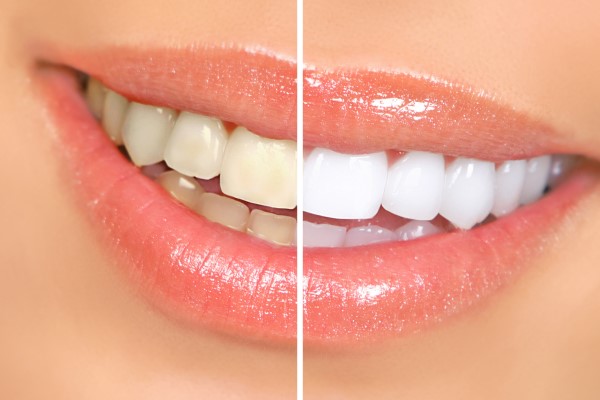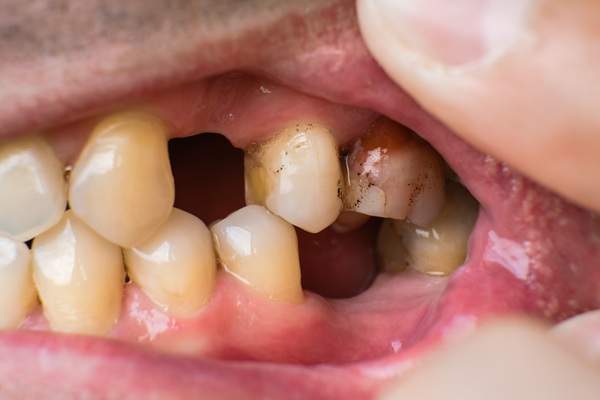Quick Guide to Professional Teeth Bleaching

Many individuals are interested in the cosmetic benefits of professional teeth bleaching. Read this guide to understand how whiteners from a dentist help improve the appearance of the teeth and learn which different treatment options are available, depending on the patient’s unique needs and preferences.
How teeth bleaching products work
While there is more than one method used for professional teeth bleaching, the products used to whiten the teeth are very similar. Learn what ingredients are often included in bleaching products and how they can be safely used to brighten a person's smile.
Agents used in bleaching products
Most teeth whitening preparations rely on either hydrogen peroxide or carbamide peroxide to address stains on the teeth. Enamel is porous and absorbs much of what enters the mouth. Bleaching agents are used to penetrate deeply into the teeth and produce a chemical reaction that breaks apart stains often caused by a person’s diet or tobacco use. Most bleaching products contain peroxide but in varying concentrations. While over-the-counter whiteners may only contain 10% peroxide, professional systems may use gels with up to 35%. Other ingredients that may be present in a whitening gel include water, glycerin, sodium fluoride and a flavoring agent.
Safety of professional teeth bleaching
When used correctly, bleaching products should not cause any damage to the teeth. If a patient overuses whiteners or applies the bleaching gel incorrectly, it is possible to negatively affect the outer enamel and inner dentin of the tooth. When having teeth whitened professionally, the dentist monitors the patient’s progress and only applies products in controlled amounts.
In-office and at-home treatment options
When consulting a dentist about professional teeth bleaching treatments, many practitioners offer both in-office whitening sessions and take-home whitening trays. The alternative selected usually depends on the patient’s goals.
In-office teeth whitening
For the fastest results, patients can have teeth whitened in a dental office. This process involves the dentist isolating the teeth and applying a bleaching paste directly onto them. The solution may be removed and reapplied or left on the teeth for a set period of time. Some systems use a type of light, typically a UV or LED light, during the process as well. This treatment requires only one appointment with results showing as soon as the session is over.
Take-home whitening trays
For persons who wish to whiten the teeth more slowly, a dentist can provide take-home whitening gel and trays that are customized to fit the individual’s mouth. An initial appointment is required before starting treatment to take impressions of the patient’s teeth. These molds are used to make the custom-fitted tray. The patient is instructed on how to insert the gel into the trays and how long to wear them. Take-home trays are meant to be used once or twice a day for one to two weeks.
Conclusion
Professional teeth bleaching is a quick, effective option for whitening the teeth. By working with a dentist every step of the way, patients can ensure the correct and safe use of whitening products.
Request an appointment here: https://smilesdental.com or call Smiles Dental Care at (650) 563-1180 for an appointment in our Mountain View office.
Check out what others are saying about our services on Yelp: Read our Yelp reviews.
Recent Posts
Missing teeth can affect more than just your smile—they can impact oral health, functionality, and overall confidence. Fortunately, several effective restorative options are available to replace missing teeth, each tailored to meet different needs and preferences. Restoring missing teeth not only improves appearance but also supports proper chewing, speech, and alignment of the remaining teeth.…
Do you think your wisdom teeth may need to be removed? Wisdom teeth extraction, whether complete or partial, is a standard procedure that comes by recommendation of a dentist. Sometimes, it could be because they were coming in crooked or placing too much strain on your jaw or neighboring teeth. If you have undergone a…
An in-office professional dental cleaning is a crucial aspect of maintaining good oral health. While oral hygiene done at home is a great way to keep the teeth and gums healthy, it is important to see a general dentist on a regular basis for cleanings and examinations. Dental cleanings are simple, easy, and relatively painless,…
In general dentistry, cracked teeth are, unfortunately, a common problem that requires attention. Thankfully, modern-day dentistry has created a few different options that can solve the problem of a cracked tooth. In most situations, a general dentist can salvage a cracked tooth; however, it is important to know that there are a few factors that…


